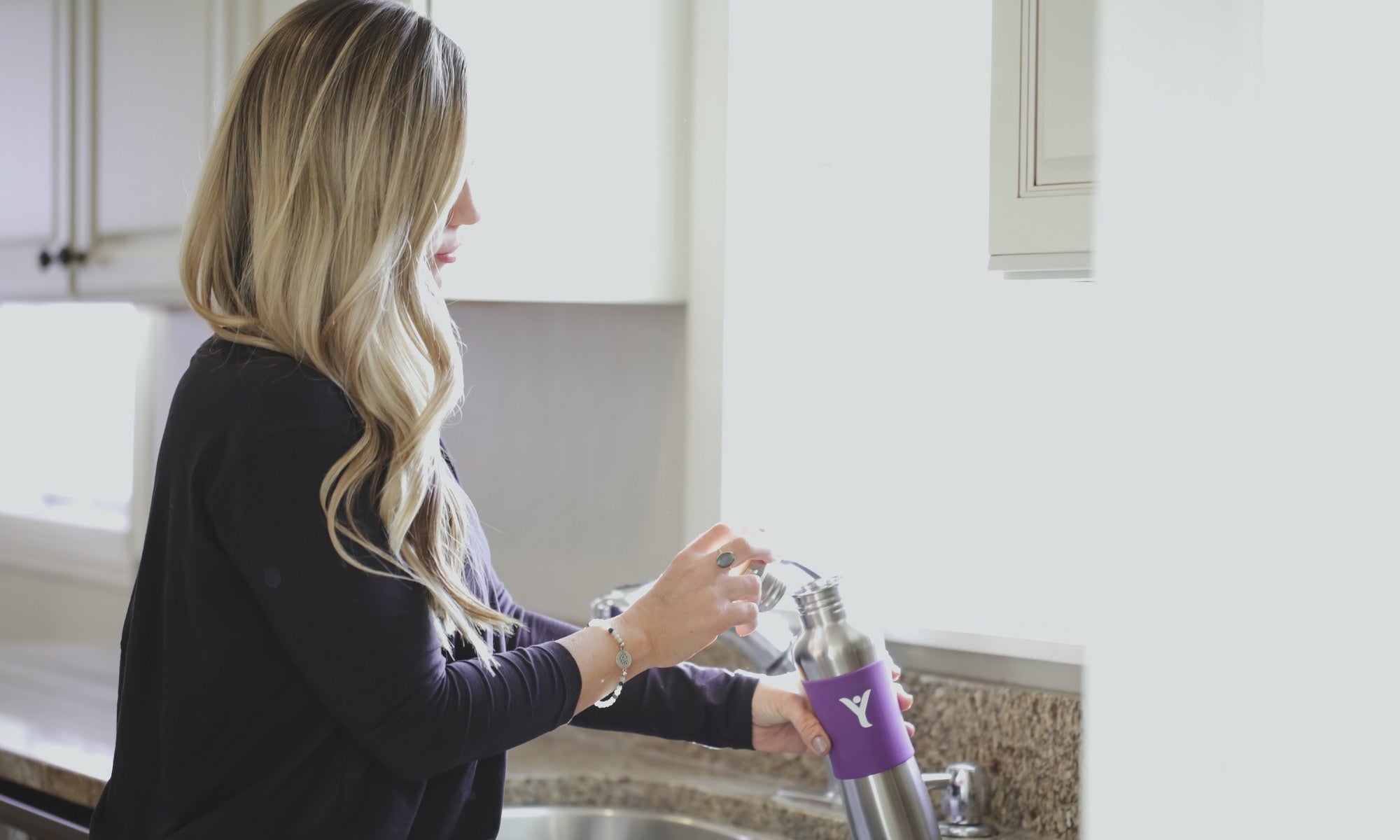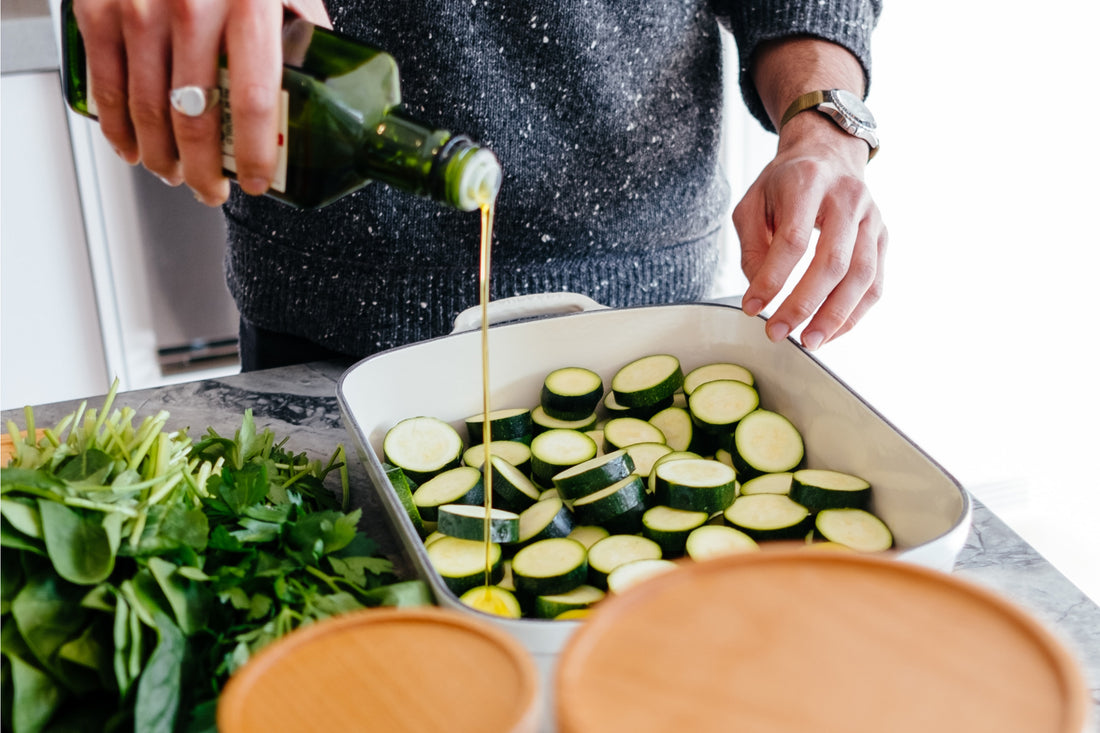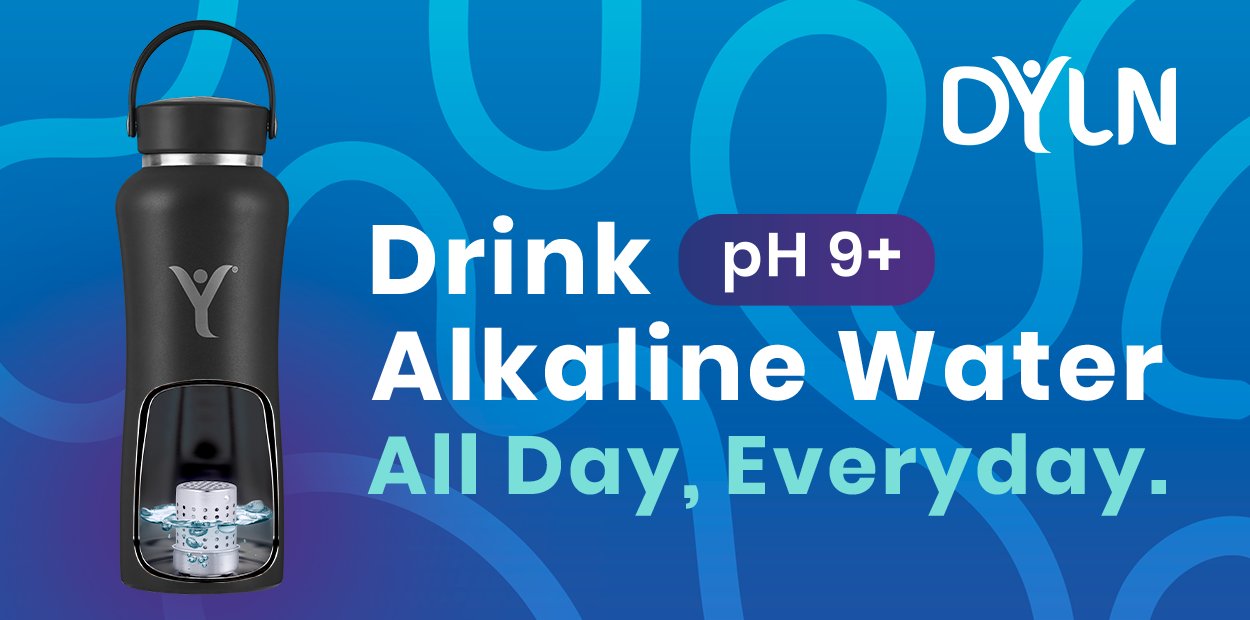You’ve heard of the benefits of drinking alkaline water — it’s a potent anti-oxidant, a powerful immune system booster, and it protects your health by balancing your pH. You’ve come to the realization that a simple change in the quality of water that you consume could have a big impact on your health and wellbeing.
But how do you make alkaline water? And are some methods easier or more effective than others?
We’re here to unravel the mystery and give you our straightforward expertise. Because as you might have guessed, we’re dedicated to helping you shift into enhanced wellness with every sip of water you drink.
Here is our breakdown of the most popular methods for alkalizing water, complete with pros, cons and costing for each — so that you can make informed and inspired choices about your health. Are you looking for the quickest, easiest and most effective technique? Skip straight to the method 5!
How to Make Alkaline Water
Method 1 - Baking Soda
Baking soda (also called sodium bicarbonate) is highly alkaline and you can pick it up in most food stores. You probably know it as a common ingredient for cookies and cakes — but it has a variety of other uses, including upping the alkaline in your water.
How?
- Add 1/2 tablespoon of baking soda to a 1 gallon bottle of water.
- Shake vigorously until the baking has completely dissolved.
And that’s it — you have alkalized your water.
Pros and Cons
This method is very easy and cheap, with a tub of baking soda costing around $2.
However, adding baking soda to your water also increases your sodium intake. If you have a health condition such as diabetes or kidney problems, or are trying to restrict your salt consumption, it’s not recommended to alkalize your water using sodium bicarbonate.
Method 2 - Water Ionizer
A water ionizer is a device that attached directly to your kitchen sink and has settings which allow you to choose whether the water running from your tap it ionized (alkaline) or oxidized (acidic). The oxidized water is perfect for doing the washing up and washing your hands — the the ionized water is, of course, ideal for drinking.
How?
This device works using a process called electrolysis, and will usually need to be professionally installed. During electrolysis, hydrogen ions and hydroxide ions are moved in a specific way which allows gas receivers to collect and direct the hydrogen and oxygen within the water.
Pros and Cons
Being able to run alkaline water straight from your kitchen tap is a very convenient way to ensure you have constant access to high quality and healthy water at home.
Unfortunately, an ionizing device is very expensive; you can expect to pay between $550-900, excluding installation costs. In addition, you can’t carry it around with you everywhere you go — so it won’t keep you supplied with alkaline water when you’re on holiday or working away.
Method 4 - Reverse Osmosis Water Filter
Just like the water ionizer, this is a device which can be connected straight to your kitchen faucet. It serves the purpose of cleaning and filtering water at the same time as alkalizing it.
How?
Osmotic pressure pushes the water running from your tap through a series of filters which allow oxygen and hydrogen to pass through them, while filtering out any contaminating bodies. One of these is a carbon filter which has an alkalizing effect.
Pros and Cons
Again, once installed, reverse osmosis filter system will give you non-stop and instant access to filtered and alkalized water in your home.
It’s cheaper than a water ionizer, but you should still expect to pay between $120-400 for a good quality system, with any installation costs on top of that. And equally, it won’t provide a supply of alkaline water when you’re on the go.
Method 3 - Lemons
As you may have learnt in our blog post all about lemons, this wonderful citrus fruit has a powerful alkalizing effect.
How?
Although lemons on their own are acidic, they are also anionic — which means that as they move through are digestive system they actually balance our pH with increased alkaline.
- Cut up a whole lemon and place the pieces in your bottle of water.
- Put the cap on, and leave the bottle to sit at room temperature for 8-12 hours.
Once those 12 hours are up, your water will be infused with the alkaline power of lemons.
Pros and Cons
Adding fresh lemon to your water is super simple and super cheap, and has a natural alkalizing effect.
But it takes time to alkalize water with this method, and requires forward planning — you must wait at least 8 hours before your alkaline lemon water is ready to nourish your body.
Method 4 - pH Drops
pH drops are easy to find in pharmacies and online. As the name suggest, the liquid comes in a bottle with a pipette, and a few drops will raise the pH of your water.
How?
pH drops are made from a concentration of alkaline minerals, including potassium carbonate, combined with purified water.
- Measure the correct amount and add your pH drops to your water.
- Shake or stir.
And you should have alkalized water right away.
Pros and Cons
pH drops are readily available in most pharmacies. Adding pH drops to your water is easy, and the effect is immediate — so you don’t have to wait for hours before your water is ready to drink, and you can carry them with you to alkalize your water at any time.
However, it is important to measure the correct dosage, and pH drops cost in the region of $15 per fluid ounce — which adds up over time. These drops are flavorless so they won’t change the taste of water, but they can change the way it feels texturally in your mouth — some people like this, but others don’t.
Method 5 - the DLYN Alkaline Water Bottle: the Easiest Way to Make Alkaline Water Anytime, Anywhere

Our founder, Dorian Ayres, knew that a simple and quick way to make alkaline water on the go would change people’s lives for the better — which is how the DLYN alkaline water bottle was born. It is designed for people who care about their health and have busy lifestyles; this bottle makes it easy to alkalize your water at any time, and anywhere.
How?
The bottle includes a replaceable VitaBead diffuser which alkalizes and purifies your water — for up to 400 refills. The VitaBeads increase the pH of your water while simultaneously enhancing its hydrating an anti-oxidizing properties; the water molecules are micro-clustered for more effective hydration, and a far-infrared emission safely enriches the water’s healing qualities.
All you have to do is fill your alkaline water bottle with water from a tap — and the VitaBead diffuser does the rest of the work for you straight away.
Pros and Cons
It’s not that we’re biased — the DYLN Water Bottle is a time-efficient and economical way to make your own alkaline water every day. And unlike static units installed into your kitchen, you can take it with you wherever you go for constant, easy and immediate access to profoundly health supportive hydration.
The bottle costs $46 to buy. When you compare this to how much money you might spend on buying pre-alkalized bottled water, this one-off cost is a very manageable investment into your ongoing wellness.
In addition, it reduces plastic waste as you can refill from anywhere and will never need to buy bottled water again — so it’s an investment into the environment, too.
Conclusion
We hope this guide has given you useful insight into the options available to you for making your own alkaline water.
We are passionate about making wellbeing available to everyone. So please do try making your own water instead of spending your money on pre-bottled water which drains your bank balance and environmental resources.
Don’t forget to let us know how you get on — which method is your favorite? And does your alkaline water make you feel energized and full of life?
Alkalize, hydrate, and enjoy.






